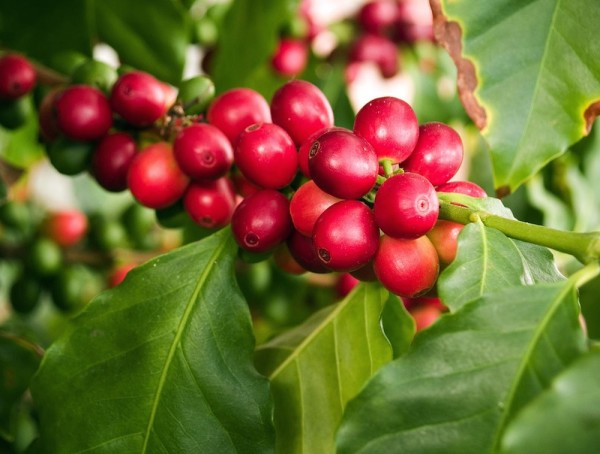For decades, coffee farmers have used the hazardous insecticide endosulfan to ward of borer beetles. But that has been changing since the Stockholm Convention negotiated a global ban on the product over a period of years in 2011, and countries like Brazil have proactively banned its import.
Highly toxic, endosulfan presents numerous risks to human health and the environment, both in short-term acute exposure and long-term exposure, so its eradication is naturally a good thing.
(related: World Coffee Research to Lead Groundbreaking Alliance Against Leaf Rust)
But where does its phase-out leave coffee farmers? It’s an important question, and one that the 4C Association and the Pesticide Action Network UK took to heart as embarked last year on a mission to discover and disseminate production methods that can lead to healthy plants without the use of endosulfan.
“The good news is that the phase-out of endosulfan is feasible,” 4C recently announced after the year-long project. “However, there is no blueprint.”
(related: Buy a Bag, Plant a Tree: A Roaster’s Model for Smallholder Sustainability Amid La Roya)
While there may not be a single blueprint, the groups have put together a huge bundle of resources to help producers find their way without endosulfan. The fruits of the groups’ labor include case studies of 14 endosulfan-free farms in Nicaragua, El Salvador and Colombia, guides for individual pest control measures and related background documents, and a comparative chart of control measures.
The groups also released an enlightening series of videos on numerous farms, each following a different management theme. They are:
Cultural Controls
Biological Controls
Physical Controls
Monitoring and Decision Making
Nick Brown
Nick Brown is the editor of Daily Coffee News by Roast Magazine.







Comment